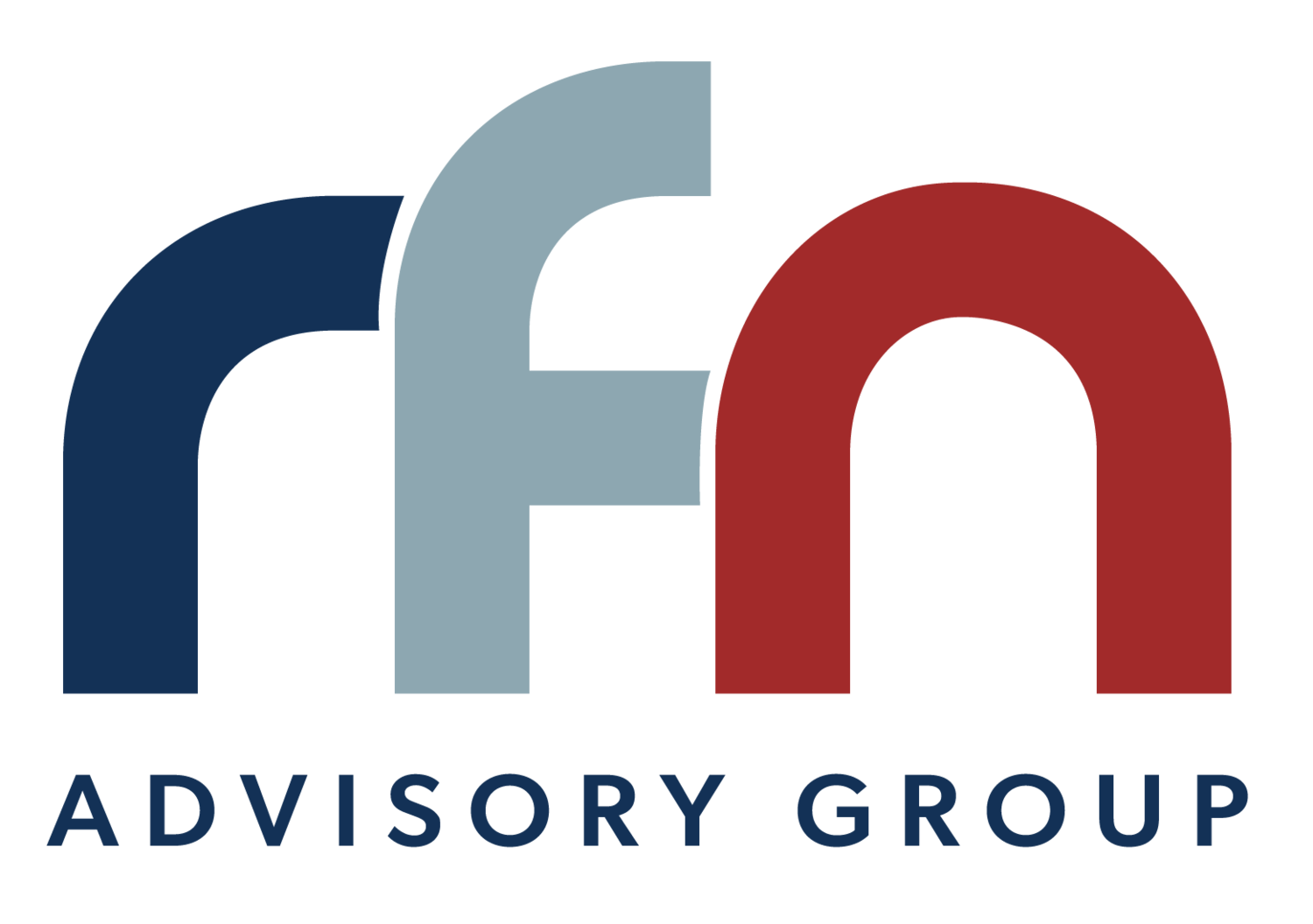This new year, we’re ditching analysis paralysis by embracing the bare minimum. Will you join us?
“Good is the enemy of great.”
For over 20 years, Jim Collins’ book, Good to Great, has served as a mantra to scores of business owners and leaders looking for ways to distinguish themselves from those with a “good enough” mindset. It is a seminal text and valuable resource that inspires us to be better leaders by making conscious choices.
But is good always the enemy of great? Big thinkers like Voltaire and Aristotle would say no, in fact, “perfect is the enemy of good.” We believe there’s value in both aphorisms, but context dictates when and why one might be more valuable than the other.
Where our overarching desire to be great leaders of great companies broadly aligns with Collins’ assertion, perhaps the same lofty ideal also contributes to moments of “analysis paralysis” – the inability to make decisions and act due to overthinking. The smallest choice can turn into an insurmountable obstacle if we’re ruled by the pressure of constantly having to embody greatness.
In our work with business owners, something is almost always better than nothing. A hastily concocted contingency plan trumps no contingency plan. Half-baked ideas about life-after business dreams and goals beat no ideas. We aren’t advocates for shoddy work, but we are aware of the human condition and the last thing a good advisor wants is for a (potential) client to disengage because they’re afraid of falling short of perfection.
So, while the pull to set impressive new year resolutions might be strong, maybe the best way to plan for the upcoming months is to set realistic, attainable goals. CEPA Julie Keyes of KeyeStrategies is helping business owners make big strides by starting small with answers to questions like, “what is the bare minimum needed to craft a strategic plan?”. We need:
Goals and objectives
A strategy for each goal and/or objective
3-5 tactics to support each strategy
Remember, a strategic plan is designed for an already established and operating business. It outlines the required actions needed to achieve specific objectives, like creating a strong marketing plan within the next 12 months. A business plan on the other hand, is more theoretical and narrative in nature and deals with the details involved in starting a new business.
If the idea of crafting a quick strategic plan appeals to you, but you don’t know where or how to start, try this free RFN Academy resource that was created in collaboration with Julie.
The idea of actively doing the bare minimum might be uncomfortable because it feels like we’re intentionally giving less than our best effort. But in practice, the bare minimum can help us overcome stasis. Remember, neither great nor good are possible if we’re too afraid to start.
